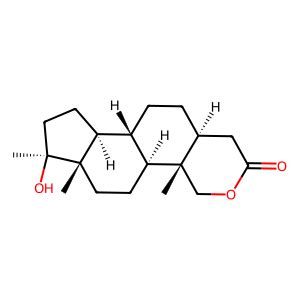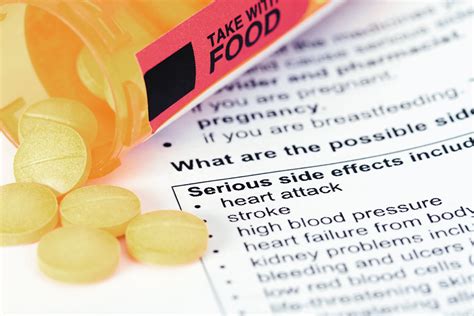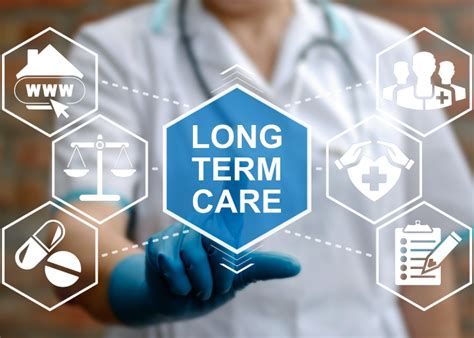Oxandrolone, commonly known by its brand name Anavar, is a synthetic anabolic steroid that has been used for various medical and non-medical purposes. Initially developed in the 1960s, it was designed to help individuals recover from burns and severe injuries, as well as to treat conditions like osteoporosis and Turner syndrome in females. Over time, its use has expanded to include muscle-wasting diseases and, controversially, performance enhancement in sports and bodybuilding. Despite its benefits, oxandrolone is associated with a range of side effects, some of which can be severe and long-lasting.
The importance of understanding the side effects of oxandrolone cannot be overstated, especially given its increasing use among athletes and individuals seeking to enhance their physical appearance. While it may offer benefits in terms of muscle gain and fat loss, the potential risks to one's health are significant. It's crucial for anyone considering the use of oxandrolone to be fully informed about what they might expect, both in terms of positive outcomes and potential negative consequences. This knowledge can help individuals make safer, more informed decisions about their health and well-being.
For those who are already using or considering using oxandrolone, it's essential to be aware of the broader context of anabolic steroid use. The use of these substances is not only a health issue but also a legal and ethical one, with many sports organizations banning their use due to concerns about fairness and athlete health. Furthermore, the legal status of anabolic steroids like oxandrolone varies by country, and their use without a prescription is illegal in many places. This complex landscape underscores the need for careful consideration and caution when it comes to these substances.
Oxandrolone Mechanism of Action
Oxandrolone works by mimicking the effects of testosterone in the body, promoting protein synthesis and thus muscle growth. It's known for its high anabolic effect and relatively low androgenic effect compared to other steroids, which is part of why it's often chosen by those looking to avoid severe side effects like virilization in women. However, its mechanism of action also underlies many of its side effects, as altering the body's natural hormone balance can have far-reaching consequences.
Common Side Effects of Oxandrolone
The side effects of oxandrolone can be categorized into several groups, including hepatic, cardiovascular, dermatological, and hormonal effects. Common side effects include:
- Liver damage: Oxandrolone is known to be hepatotoxic, meaning it can cause damage to the liver, especially with prolonged use.
- Acne: Due to its effect on sebaceous glands, oxandrolone can lead to acne and other skin issues.
- Hair loss: This is particularly concerning for men, as oxandrolone can accelerate male pattern baldness.
- Changes in libido: Both increases and decreases in sexual desire have been reported.
- Mood changes: Users may experience mood swings, depression, or anxiety.
Less Common but Serious Side Effects
In addition to the more common side effects, there are less common but potentially serious effects to consider:
- Cardiovascular issues: Oxandrolone can negatively affect lipid profiles, leading to increased risks of cardiovascular disease.
- Hypertension: Elevated blood pressure is a risk, particularly in those with pre-existing hypertension.
- Virilization in women: Despite its lower androgenic effects, oxandrolone can still cause virilization symptoms like deepening of the voice, clitoral enlargement, and excessive hair growth in females.
- Testicular atrophy: In men, the use of oxandrolone can lead to shrinkage of the testicles due to suppressed natural testosterone production.
Managing and Mitigating Side Effects
For those who choose to use oxandrolone, there are steps that can be taken to manage and mitigate its side effects:
- Post Cycle Therapy (PCT): After a cycle of oxandrolone, a PCT can help restore natural hormone production, reducing the risk of long-term side effects.
- Liver support supplements: Certain supplements like milk thistle may help protect the liver from damage.
- Healthy lifestyle: Maintaining a balanced diet, exercising regularly, and ensuring adequate sleep can help minimize the risk of side effects.
- Regular health checks: Monitoring health through regular blood tests and check-ups can help identify any issues early on.
Long-Term Health Implications
The long-term health implications of oxandrolone use are a significant concern. Prolonged use can lead to:
- Permanent liver damage
- Increased risk of cardiovascular disease
- Infertility and sexual dysfunction
- Osteoporosis due to suppressed natural hormone production
Alternatives to Oxandrolone
For those seeking to avoid the side effects of oxandrolone, there are alternative approaches to consider:
- Natural supplements: Certain natural supplements can aid in muscle gain and fat loss without the risks associated with anabolic steroids.
- Dietary changes: Focusing on a balanced diet that supports muscle growth and recovery can be an effective and safer alternative.
- Training adjustments: Optimizing workout routines to focus on progressive overload and proper recovery techniques can lead to significant gains without the need for steroids.
Conclusion and Final Thoughts
In conclusion, while oxandrolone may offer benefits in terms of muscle gain and recovery, its side effects are a significant concern. It's essential for anyone considering its use to carefully weigh the potential benefits against the risks and to explore safer alternatives. By prioritizing health and well-being, individuals can achieve their fitness goals without jeopardizing their long-term health.
What is the primary use of oxandrolone?
+
Oxandrolone is primarily used for its anabolic effects, helping to promote muscle growth and recovery. It has been used medically to treat conditions like osteoporosis and to aid in recovery from severe burns and injuries.
Can oxandrolone cause liver damage?
+
Yes, oxandrolone is known to be hepatotoxic, meaning it can cause damage to the liver, especially with prolonged use or at high doses.
Are there safer alternatives to oxandrolone for muscle gain?
+
Yes, there are several safer alternatives to consider, including natural supplements, dietary changes focused on supporting muscle growth, and adjustments to training routines to optimize muscle gain and recovery.
We invite you to share your thoughts and experiences regarding oxandrolone and its side effects. Your input can help others make informed decisions about their health and fitness goals. Please feel free to comment below or share this article with anyone who might benefit from this information. Together, we can promote a healthier and more informed approach to fitness and well-being.







